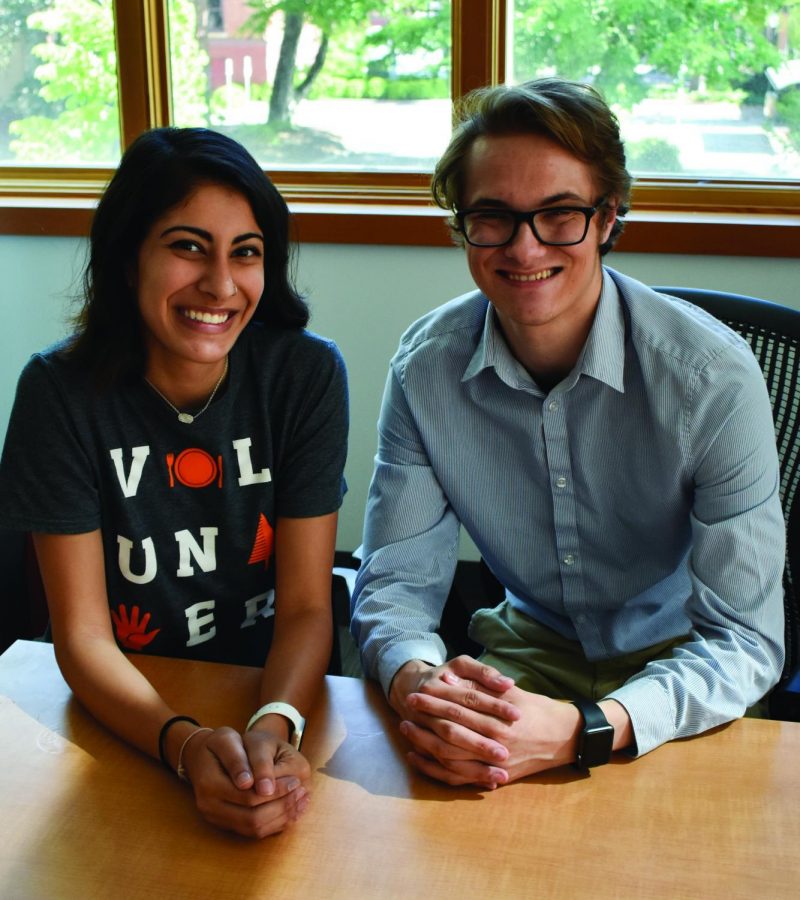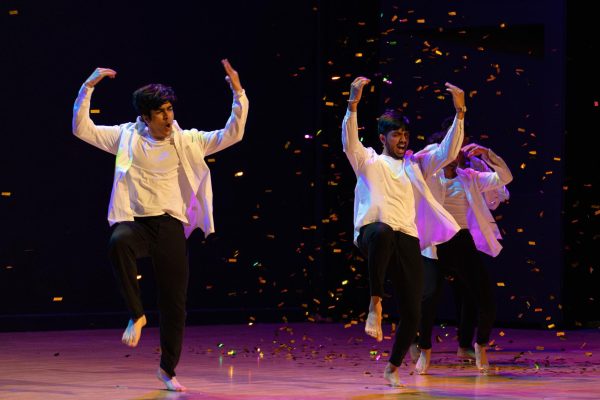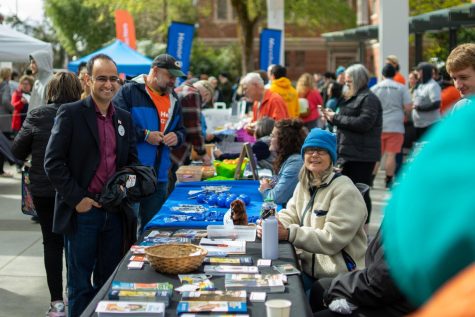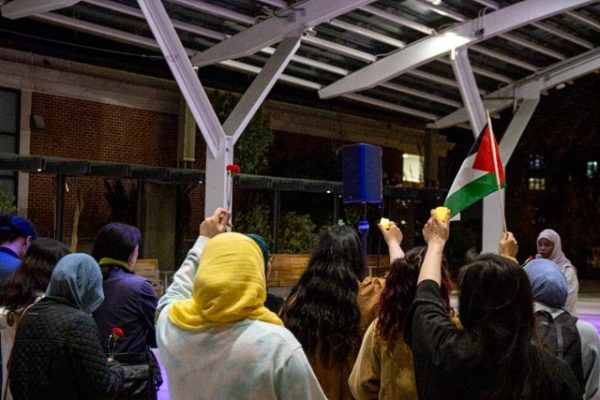ASOSU executive branch explained
October 3, 2017
Student government body connects students to administration, fee process.
The Associated Students of Oregon State University is the state-recognized representation of student voices on the OSU campus. ASOSU, like the U.S. federal government, is made up of three co-equal branches: a legislative branch, a judicial branch and an executive branch.
In Article IV of the ASOSU Constitution, the executive power is vested in a president and vice president, who are elected by the entire student body and each serve a one year term. The executive branch manages programs including the SafeRide shuttle service and engages in advocacy on behalf of students.
According to current ASOSU President Simon Brundage, this body functions as a bridge between OSU students and university administration. Brundage sits on the OSU President’s Council, as well as various hiring committees, and has the power to nominate students to Faculty Senate positions.
“We have lots of positions within the executive branch which correspond to different departments on campus, so that way I see our role as also bringing a lot of organizations and departments together under a consolidated role,” Brundage said. “We’re all trying to advocate for students, let’s do so, so that we’re not conflicting, we’re working together and putting together initiatives for the good of all.”
This year, the role of vice president is held by Radhika Shah. According to Shah, she supports Brundage by serving on certain committees, ranging from the Department of Recreational Sports to the Marine Studies Initiative.
“The executive branch has the power and potential to create a real change on our university’s campus. We have executive and coordinator positions that touch upon a plethora of identities and issues,” Shah said via email. “Without the Executive Branch, ASOSU really would be an insular entity. But this is how we are able to reach out to all corners of campus and truly focus on the issues that students are facing in the current day and age.”
The vice president is more inwardly focused than the president, working with the Chief of Staff on some of the internal and day-to-day aspects of student government, according to Shah.
According to Safi Ahmad, this year’s Chief of Staff, he manages the purchases and financial decisions of the Cabinet, represents ASOSU on the Student Fee Committee and serves as a liaison between the president, vice president and the rest of the staff.
Some of the programs the executive branch has been a part of include the ‘Rally for Free Textbooks’ and the ‘It’s On Us’ campaign, which works to educate students about sexual assault, according to Ahmad. Another initiative is ‘Dear OSU,’ formerly known as ‘WTFOSU,’ a call for students to reach out to their student government with their needs on campus.
“I think we are the visible entity of ASOSU and are the first point of contact or reference for many students to ASOSU,” Ahmad said in an email. “We also serve as liaisons between administration and students to make sure we are all working towards goals for the students and making sure we are making OSU a more inclusive place.”
This spirit of inclusivity is reflected in the executive directors and resource coordinators within the executive branch, according to Brundage. These teams which focus on distinct student group’s needs, from Veteran’s Affairs to Graduate Affairs to Queer Affairs.
“It’s really just the president that gets a lot of face time, but I think it’s really important that our individual officers get that face time as well,” Brundage said. “So that students know that they have resources within their student government’s executive branch.”
Another aspect of the executive branch is the Student Fee Committee, previously known as the Student Incidental Fees Committee, led by Chair Peter Schwartz. The SFC is an independent committee made up of Schwartz and both elected and appointed members, according to Schwartz.
“Our process delivers a total fee level recommendation to ASOSU which is then taken to President Ed Ray, the Oregon State Board of Trustees and finally the Higher Education Coordinating Commission,” Schwartz said via email. “We reach this fee level recommendation by reviewing, in concert with the Auxiliary and Activities Business Center and unit specific Student Advisory Boards, the operations of student fee-funded units. Taking into consideration long term budgetary trends, as well as current macroeconomic forces, the SFC looks to maximize the quality of service offered by student fee funded units while minimizing the financial burden to students.”
According to Schwartz, four members are elected at-large by the entire student body and 10 are appointed liaisons from each of the student fee-funded units the body regulates. These groups range from Student Health Services and Counseling and Psychological Services, to Recreational Sports and Athletics, to ASOSU itself and Orange Media Network.
Over the last spring and summer, the SFC changed more than just the name of the group, according to Schwartz. The body’s bylaws were revised and the Student Advisory Board guidelines ensuring student involvement in decision-making were standardized across all of the units.
“By switching to ‘Student Fee Committee,’ we hope to remove some of the confusion and make the entire process more approachable,” Schwartz said in an email. “You are all students and these are your fees, tell us how to use them!”
This spirit of reflecting student interests extends throughout the executive branch and beyond, according to Brundage. He believes some students wrongly feel ignored by the university administration.
“I think it’s dangerous to assume that people who go to work in higher education have bad intentions. I think that people who are working here and are in higher education have the best intentions, it doesn’t always come out correctly, and that’s why there’s a lot of inconsistency with student wants and administrative wants, but this bridge needs to be connected,” Brundage said. “That’s something we’ll be working on a lot this year—connecting that bridge and making sure that students and the administration aren’t working against each other.”






















































































































